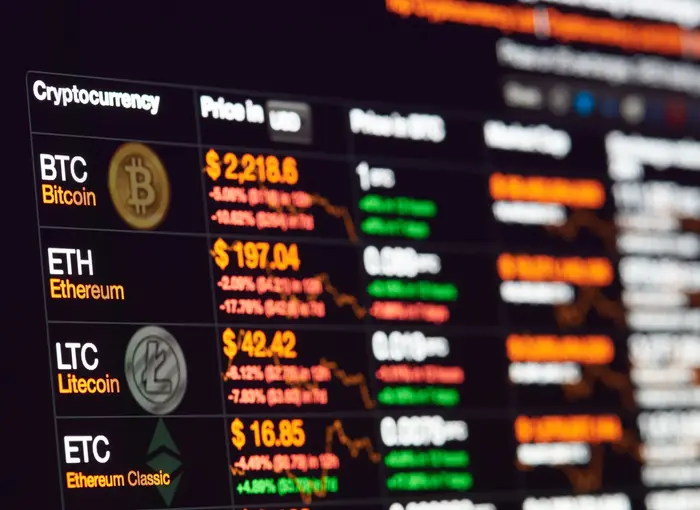
Cryptocurrency has revolutionized the way we perceive and interact with money. Its decentralized nature, coupled with blockchain technology, has disrupted traditional financial systems and given rise to a new digital economy. Central to this economy are cryptocurrency exchanges, which provide platforms for users to buy, sell, and trade various cryptocurrencies.
In this article, we will explore the market structure of centralized and decentralized exchanges, their differences, advantages, disadvantages, and implications for the broader cryptocurrency market. If you are starting on crypto trading try altrix edge today! It is an amazing online trading platform for a seamless trading experience
Centralized Exchanges
Centralized exchanges are the most common type of cryptocurrency exchange. They are operated by a centralized authority or company, which facilitates the trading of cryptocurrencies on behalf of users. In a centralized exchange, users deposit their funds into the exchange’s wallets and place orders to buy or sell cryptocurrencies. The exchange acts as a trusted intermediary that matches buyers and sellers and executes the transactions.
The advantages of centralized exchanges include ease of use, high liquidity, and a wide range of available cryptocurrencies. These exchanges often provide advanced trading features, such as margin trading and stop-loss orders, catering to both beginner and experienced traders. However, centralized exchanges have some drawbacks. They require users to trust the exchange with their funds, making them vulnerable to hacking or theft. Moreover, they are subject to regulatory scrutiny and can be affected by government policies or restrictions.
Popular examples of centralized exchanges include Binance, Coinbase, and Kraken. These platforms have gained significant traction and boast large user bases due to their user-friendly interfaces and extensive trading options.
Decentralized Exchanges
Decentralized exchanges (DEXs) are an alternative to centralized exchanges, designed to operate without a central authority. DEXs leverage smart contract technology on blockchain platforms to facilitate peer-to-peer trading directly between users. Instead of depositing funds into an exchange’s wallet, users retain control of their assets in their personal wallets and connect to the DEX through a decentralized application (DApp).
The primary advantage of decentralized exchanges is that they offer users increased control and security over their funds. Since users trade directly with each other, there is no need to trust a central authority with custody of their assets. Additionally, DEXs are resistant to hacking attacks targeting centralized servers, as the funds remain in the users’ wallets until a transaction is completed.
However, decentralized exchanges have limitations when it comes to liquidity and trading volume. Due to their peer-to-peer nature, DEXs may experience lower trading volumes compared to centralized exchanges. Moreover, the user experience can be more complex, requiring a learning curve to navigate decentralized applications and interact with smart contracts.
Market Structure: Centralized vs. Decentralized
When comparing centralized and decentralized exchanges, several factors come into play. One crucial aspect is the control over funds and assets. In centralized exchanges, users relinquish control by depositing their assets into the exchange’s wallet, trusting the exchange to secure their funds. Conversely, decentralized exchanges allow users to retain control over their assets at all times, reducing the risk of theft or loss.
Another factor to consider is the user experience and accessibility. Centralized exchanges often provide user-friendly interfaces and intuitive trading platforms, making them more accessible to beginners. On the other hand, DEXs may have a steeper learning curve, requiring users to interact with decentralized applications and understand smart contract functionalities.
Liquidity and trading volume are also important considerations. Centralized exchanges generally have higher trading volumes and greater liquidity due to their established user bases and market presence. This high liquidity ensures that users can easily enter or exit positions with minimal slippage. Decentralized exchanges, while gaining traction, often face challenges in attracting large trading volumes, leading to potentially higher price volatility and lower liquidity for certain assets.
Future Trends and Outlook
As the cryptocurrency market continues to evolve, the market structure of exchanges is expected to adapt and change. Centralized exchanges are likely to enhance their security measures and regulatory compliance to mitigate risks and maintain their user base. They may also explore incorporating decentralized features to provide users with the benefits of both centralized and decentralized models.
Conclusion
In conclusion, the cryptocurrency market is shaped by both centralized and decentralized exchanges. Centralized exchanges provide ease of use, liquidity, and a wide variety of cryptocurrencies, but require users to trust a central authority with their funds. Decentralized exchanges offer increased control, security, and privacy, but face challenges related to liquidity and user experience.
The choice between centralized and decentralized exchanges depends on individual preferences, risk tolerance, and regulatory considerations. By understanding the differences and advantages of each, users can make informed decisions and participate in the growing cryptocurrency market.
